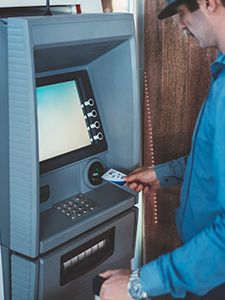POST TAGS
Blog posted On October 23, 2019

Chances are if you’re working, you are saving for retirement. Most employers have a retirement savings program where employees can set aside pretax money directly out of their paycheck and save it in a retirement account. While most of us know we are “saving for retirement,” we may forget we are actually “investing for retirement.” The money you deposit in your 401(k), Roth IRA, or other retirement account is typically invested in the stock market so your money grows.
A MetLife survey of 8,000 Americans over the age of 18-years-old found 55% said they are not actively participating in the stock market, however one-third of those surveyed said they had a retirement account. By using the wrong language, many Americans are unaware they are participating in the stock market. This lack of understanding ends up hurting many consumers when it comes to investing, especially women. The survey found 44% of men and 59% of women are not investing.
When you’re ready to get started investing, you don’t have to do it alone. There are plenty of mobile apps and free sources to educate you about the stock market, but you can also work with a broker to show you how to invest based on current market trends. For a fee, your broker can manage your money and help you set an achievable growth plan.
Saving money is also important, but where you save money makes a difference. Bankrate found almost two-thirds of American savers are using savings accounts that pay less than 2% APY, one-fifth are using a savings account that pays less than 1% APY, and one in four are not earning any interest at all. Some banks offer a savings rate as low as 0.1%. By using a basic savings account, or worse, saving money outside of an account, you’re missing out on interest-earning potential.
Many digital banks offer higher-yielding savings accounts, because they operate with less overhead. Some are paying up to 2.5% APY. Digital banks are also less sensitive to market conditions, so if the Federal Open Market Committee (FOMC) continues to cut rates they won’t be as reactive. The Federal Reserve reports the average American’s savings account balance is $8,863. At 2.5% APY interest you’re earning about $221 extra each year, at 0.1%, that’s only about $8.
Whether you’re saving for retirement, a new home, or a special trip, the way you save matters. Understanding the power of investing and choosing the right high-yield savings account can mean the difference between waiting for years or waiting for months to achieve your goal.